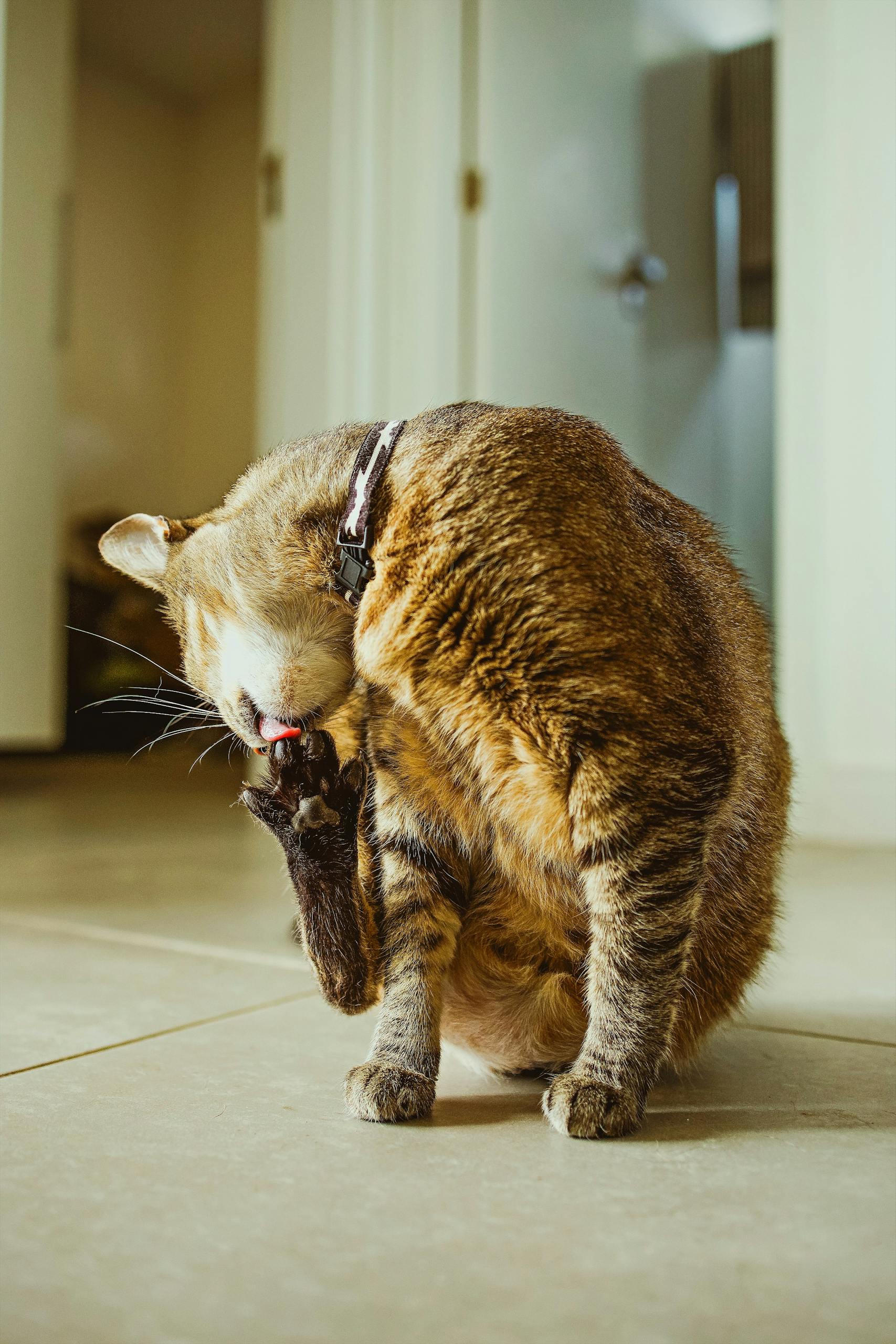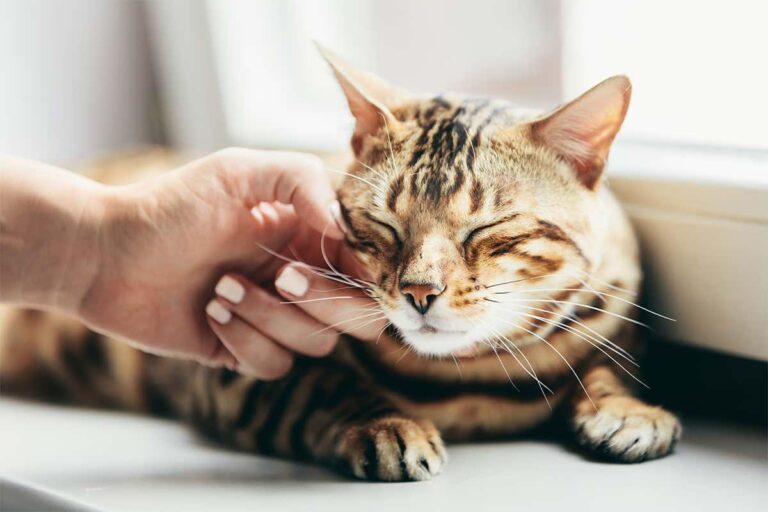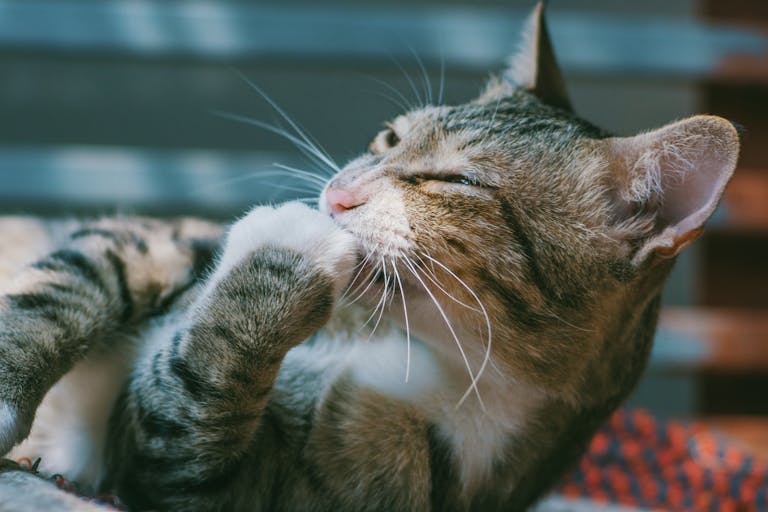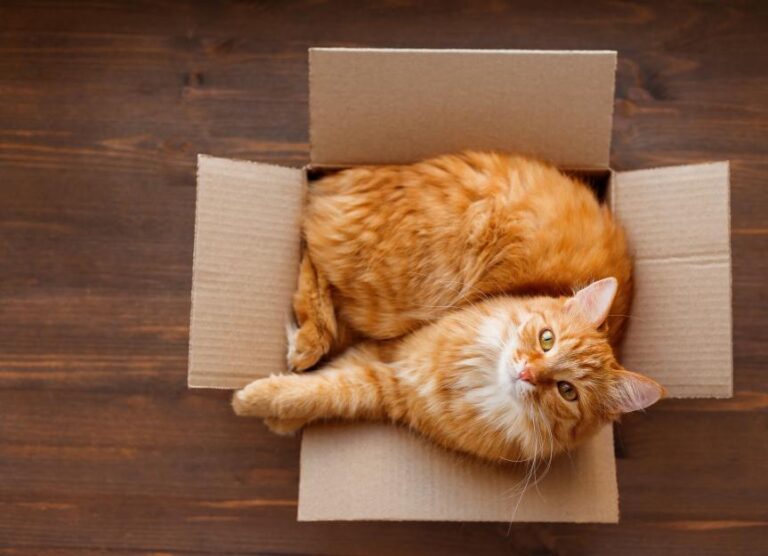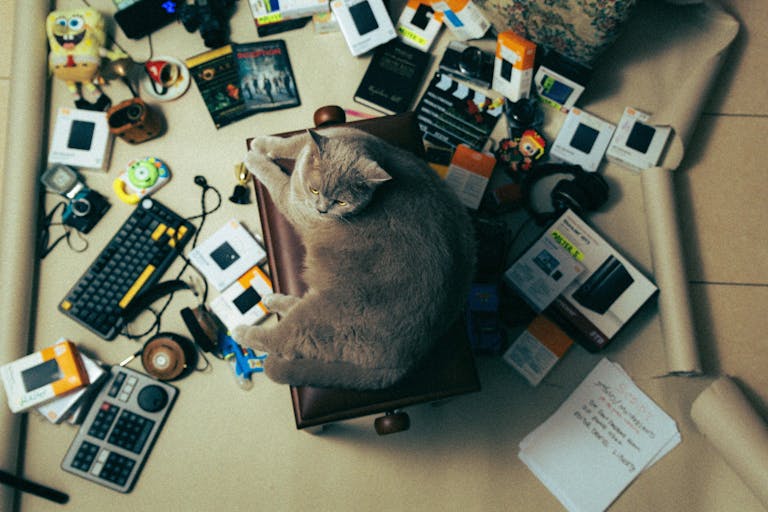How Often Should You Change Cat Litter?
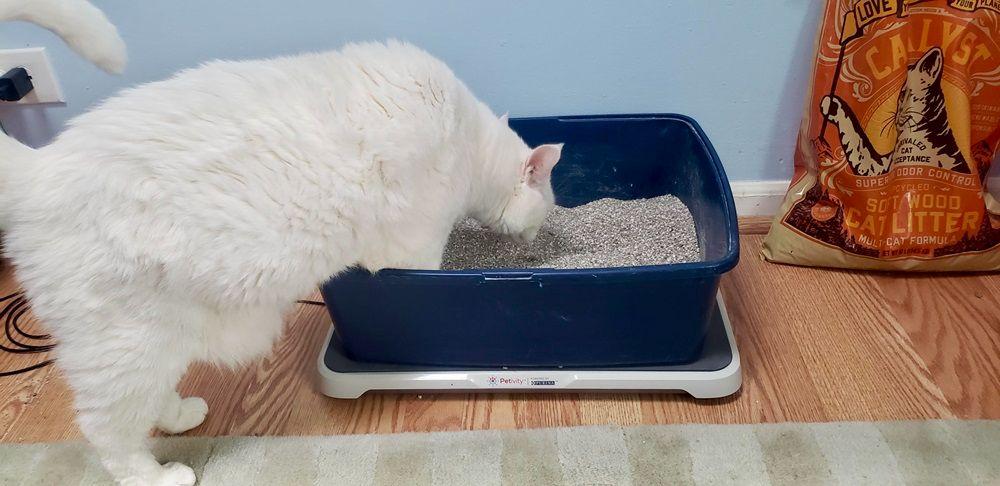
How Often Should You Change Cat Litter? A Cat Lover’s Guide to a Fresh and Happy Litter Box
If you’re a cat parent, you know that keeping the litter box clean is one of those necessary (and let’s be honest, not always glamorous) parts of the job. But how often should you actually change cat litter to keep your kitty comfy and your home smelling fresh? It’s one of those questions that seems simple, but the answers can vary depending on several factors. So, grab your scoop and settle in—let’s chat about what’s best for your feline friend and your peace of mind.
Why Fresh Litter Makes All the Difference
Let’s face it: no one enjoys stepping into a room smelling like a litter box. But beyond the obvious “eww” factor for humans, dirty litter can really impact your cat’s health and happiness. Cats are super sensitive creatures, and they’re pretty particular about their bathroom habits. When their litter box isn’t clean enough…
- They may hold it in—leading to urinary tract infections or other health issues.
- They might look for alternatives like your favorite rug or bed (yeah, the dreaded “accident”).
- It can cause stress or anxiety, which nobody wants for their fur baby.
Keeping the litter box clean isn’t just about avoiding smells; it’s about making sure your kitty feels comfortable and safe. Plus, a fresh-smelling house is a huge win for everyone!
So, How Often Should You Change Cat Litter?
The answer? It depends! Here’s the scoop on typical timelines and what to consider:
1. Scoop Daily—That’s Non-Negotiable
First things first: no matter what kind of litter you use, scooping out the poop and clumps of pee every day is a must. This helps keep the box smelling fresh and prevents waste buildup that can irritate your cat.
2. Completely Change Litter Weekly or Every Two Weeks
For most cats and clumping litter types, a full litter change about once a week works well. Some people find that switching every two weeks is fine, especially if you have only one cat and scoop daily.
- Multiple cats? You’ll probably want to change the litter more often—about once a week or even twice weekly if your kitties are particularly messy.
- Non-clumping litter? These often need to be changed more frequently—at least twice a week.
3. Clean the Litter Box as You Change the Litter
Every time you do a complete litter change, give the box a good wash with mild soap and warm water. Avoid harsh detergents or strong ammonia cleaners that can deter your cat or upset the litter’s odor control. Let it dry completely before adding new litter.
Practical Tips to Keep Your Cat’s Litter Box in Top Shape
Choose the Right Litter for Your Cat
Different cats have different preferences! Some prefer clumping clays, others opt for natural litters like wood pellets or corn-based options. Experiment a bit if you need to, but once you find a winner, stick to it as sudden changes can be confusing for your cat.
Pick a Good Location
Privacy matters to cats. Put their litter box somewhere quiet, away from heavy foot traffic and loud appliances. This encourages regular use and helps avoid “accidents” elsewhere in the house.
Use Multiple Boxes for Multiple Cats
Rule of thumb: one litter box per cat, plus one extra. Having enough boxes prevents territorial disputes and overuse and keeps litter fresher.
Keep Supplies Handy
Having your scoop, liners, and litter within easy reach makes the daily chore feel less like a hassle. Pro tip: stocking up on liners can make full litter changes quick and mess-free.
Mistakes to Dodge: What NOT to Do
Waiting Too Long To Change the Litter Fully
It’s tempting to stretch out litter changes to save money or time, but holding off too long is a quick way to upset your cat and invite stinky problems.
Using Strong Cleaners or Scented Litters
Cats have sensitive noses, and overpowering scents can keep them from using their box. Stick to unscented litter and gentle cleaning products.
Neglecting to Scoop Daily
This one’s big. Skipping daily scooping can ruin the whole experience for your kitty and lead to nasty smells that linger.
Putting the Litter Box in an Awkward Spot
If your cat feels stressed by noise, poor accessibility, or too little privacy near their box, they might stop using it—no matter how clean it is.
Favored Tools and Products That Make Life Easier
Here are a couple of fan-favorite items that can help make your litter routine simpler and more pleasant:
- Clumping Scoop — A sturdy, well-designed scoop with slotted holes makes daily waste removal quick and efficient.
- High-Quality Clumping Litter — Try [Premium Clumping Cat Litter] for superior odor control and easy scooping.
- Litter Box Liners — These can prevent messes and make complete litter changes less stressful.
- Self-Cleaning Litter Boxes — If you want to invest in convenience, these gadgets scoop waste automatically, but don’t forget to check their maintenance needs.
Bonus: Your Litter Box FAQs Answered
Q: Can I leave litter for more than two weeks if I scoop daily?
For a single cat and daily scooping, some owners find two weeks okay, but it really depends on the litter type and your cat’s preferences. If your cat seems hesitant to use the box or there’s a smell, it’s time to change it out.
Q: How much litter should I put in the box?
About 2-3 inches deep of litter usually works well. Too little and your cat may feel uncomfortable; too much can be wasteful and cause litter tracking.
Q: Are scented litters bad for cats?
Many cats are sensitive to artificial fragrances, which can deter use or irritate their respiratory system. Unscented litters are generally a safer choice.
Wrapping it Up: Keeping Your Cat (and Your Nose) Happy
Changing cat litter isn’t always the highlight of the day, but it’s such a key part of caring for your feline friend. By scooping daily, changing litter regularly, and giving your kitty a comfy, clean space to do their business, you’re helping them stay healthy and happy—and that’s what really matters. Remember, every cat is a little different, so pay attention to their habits and preferences, and you’ll master the rhythm in no time. Here’s to fresh litter boxes, happy paws, and a home that smells great to everyone!

